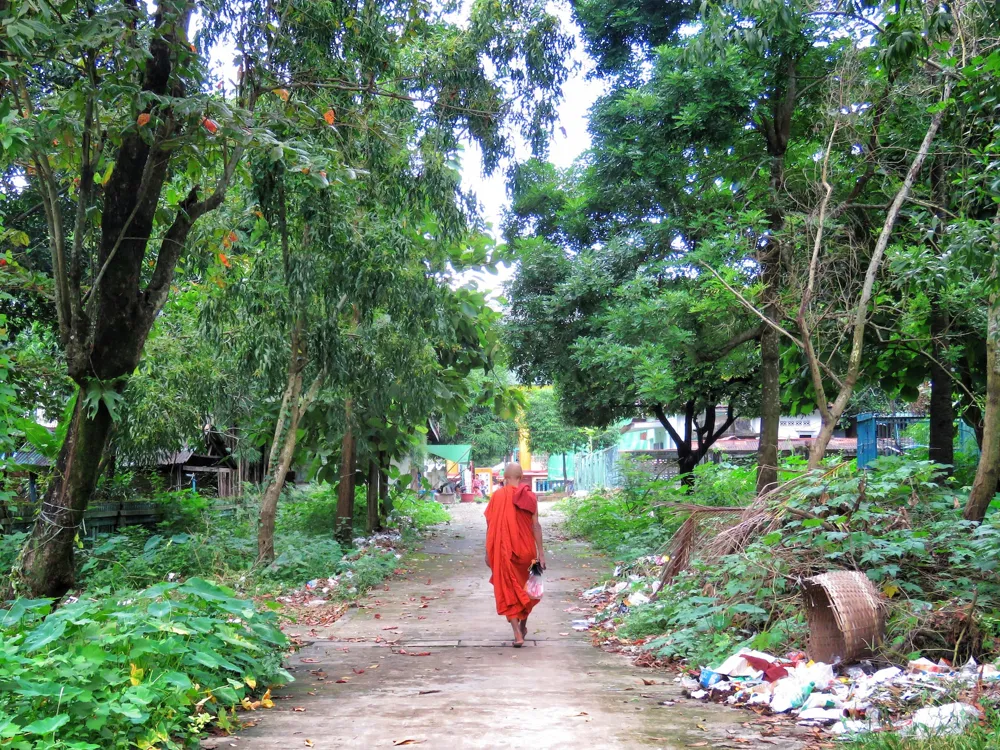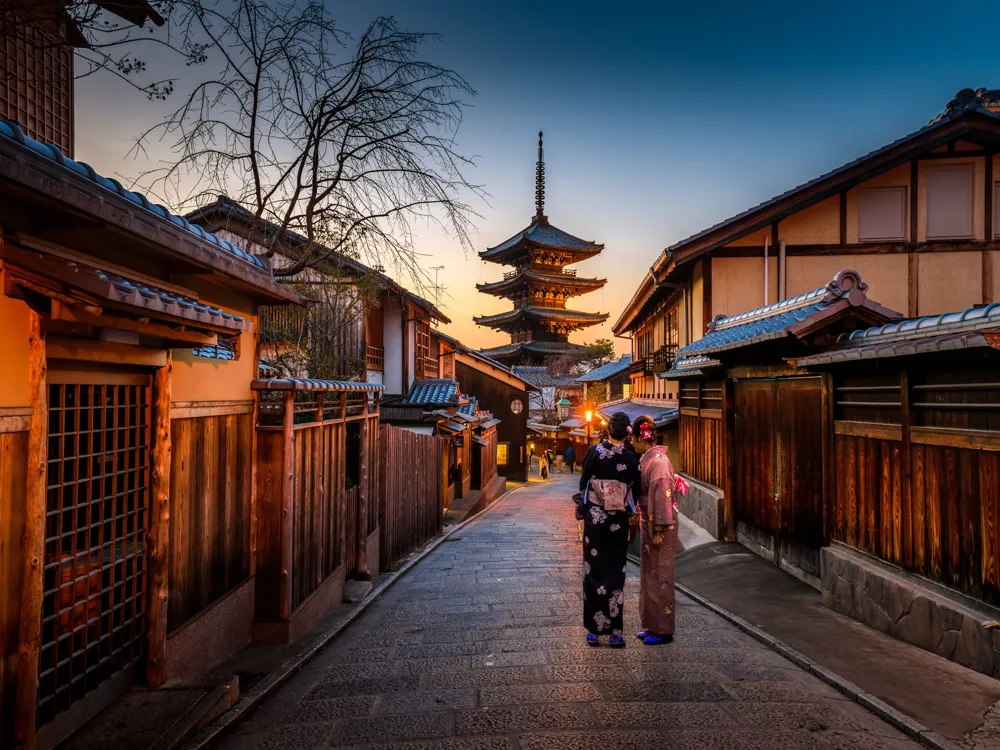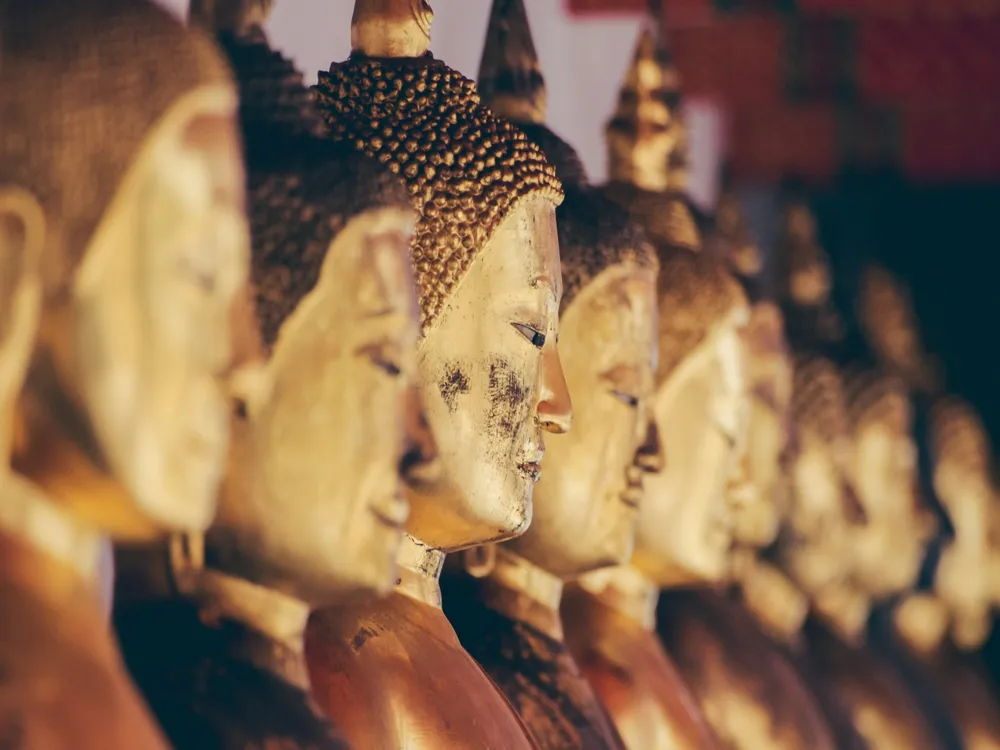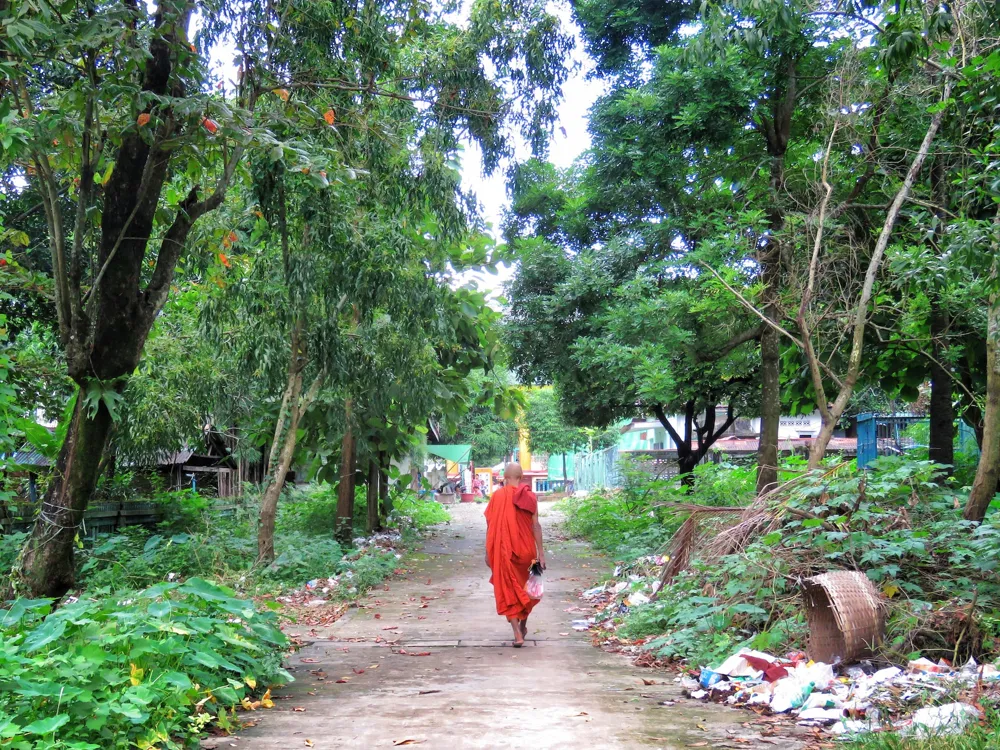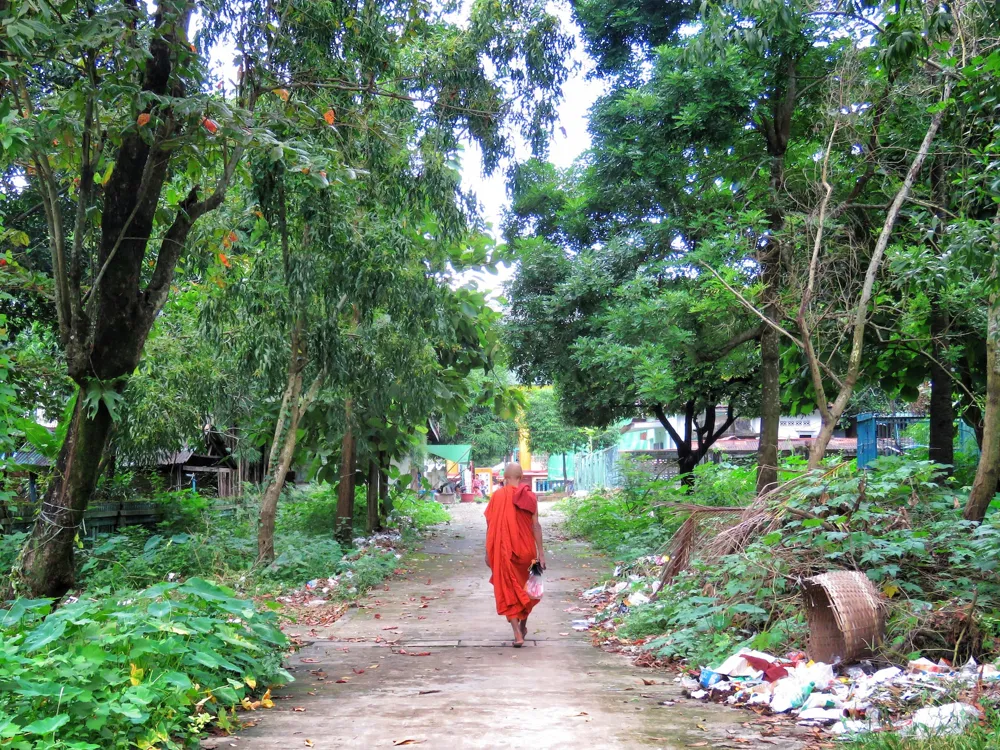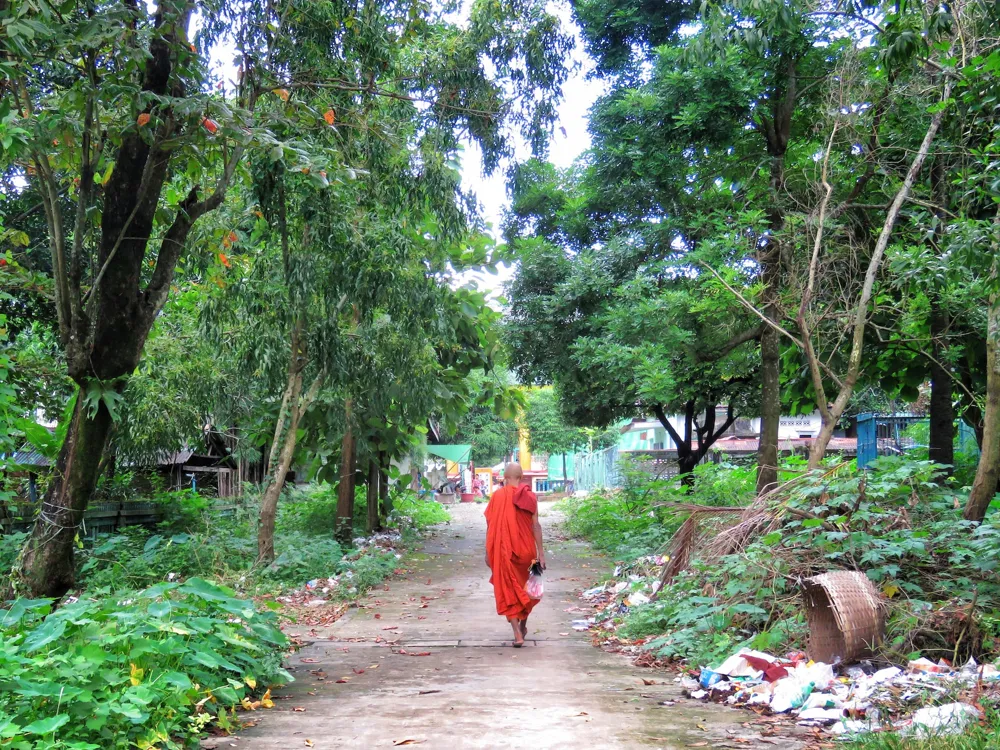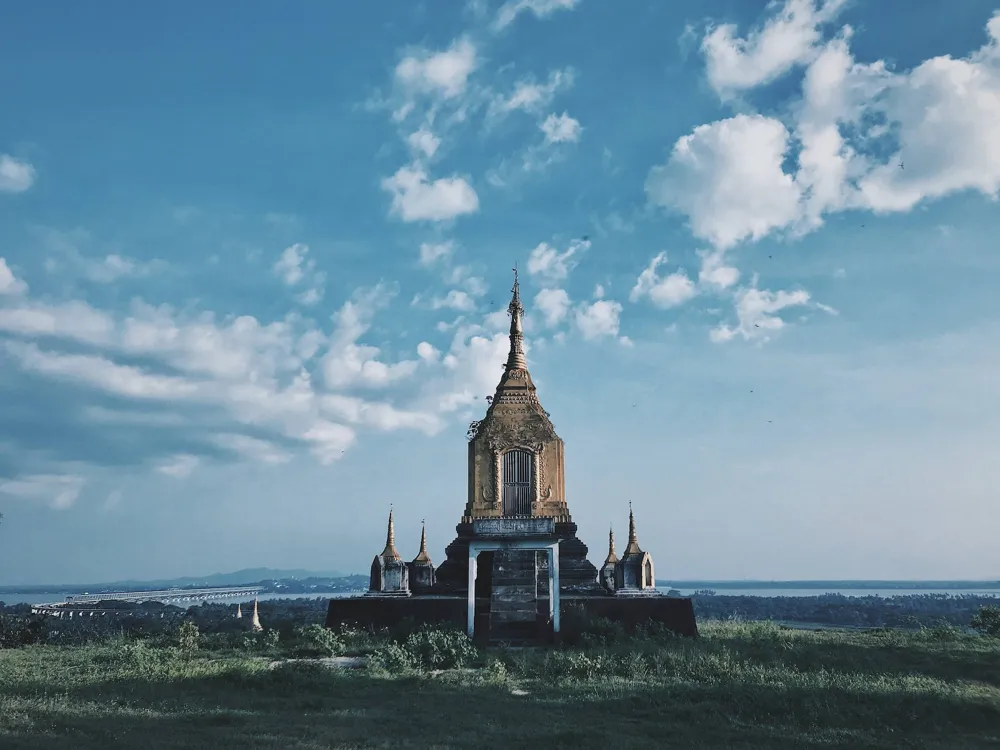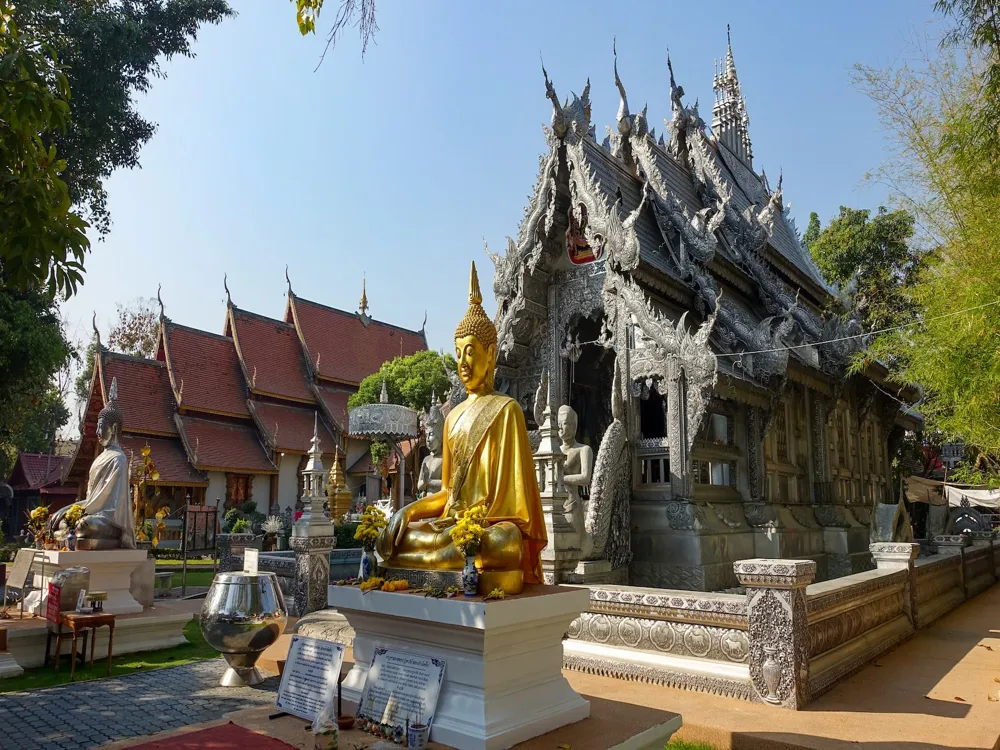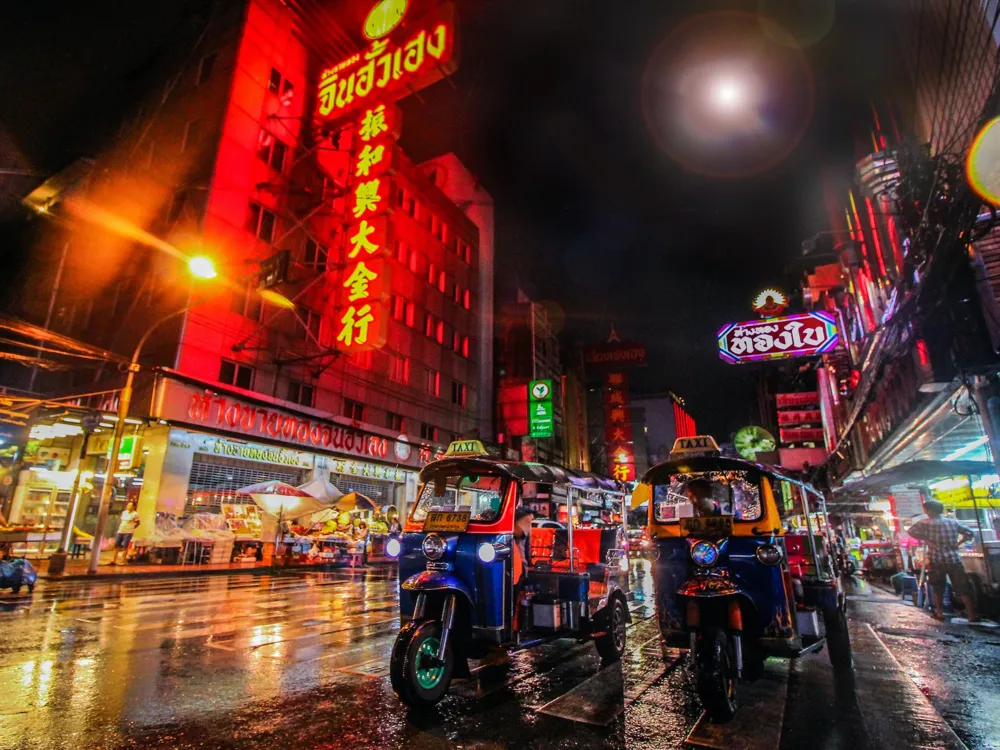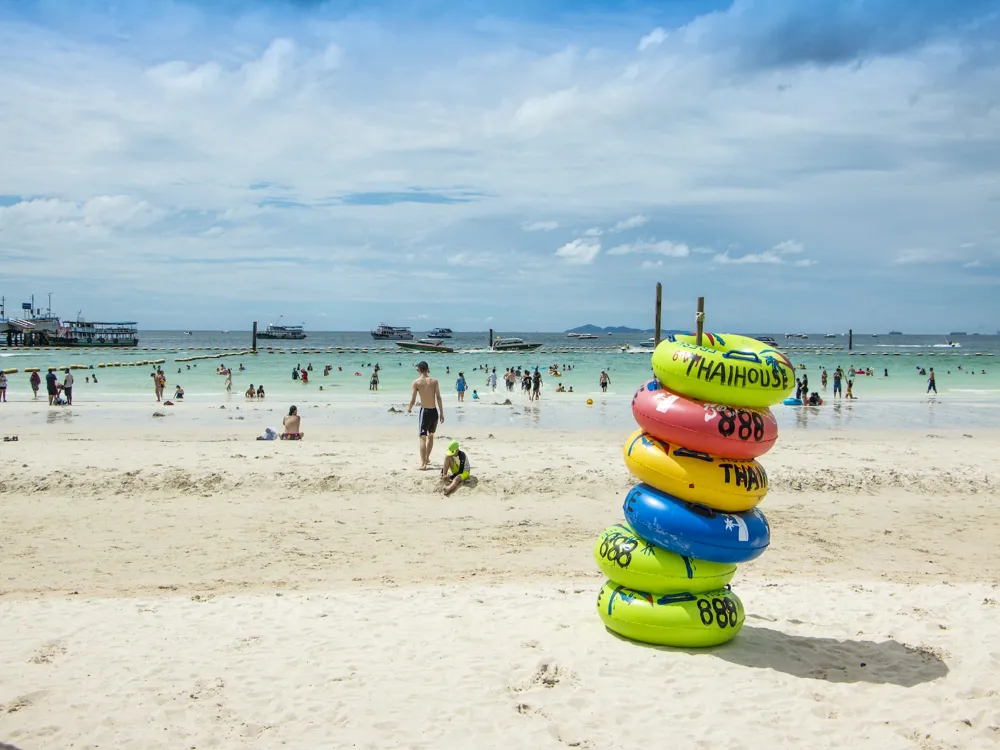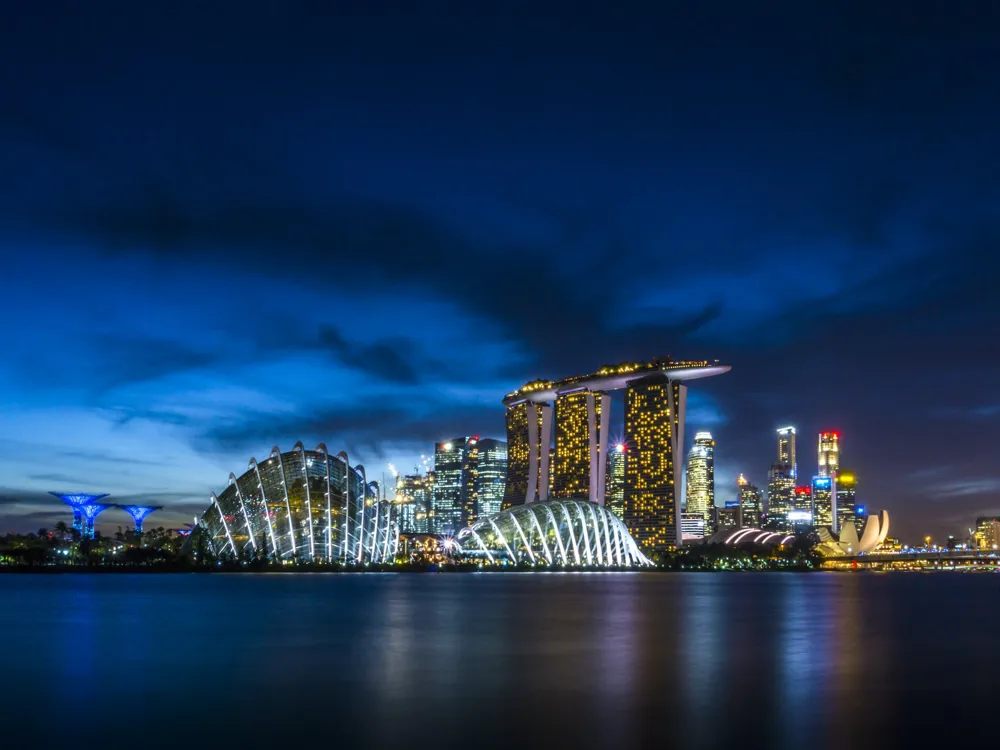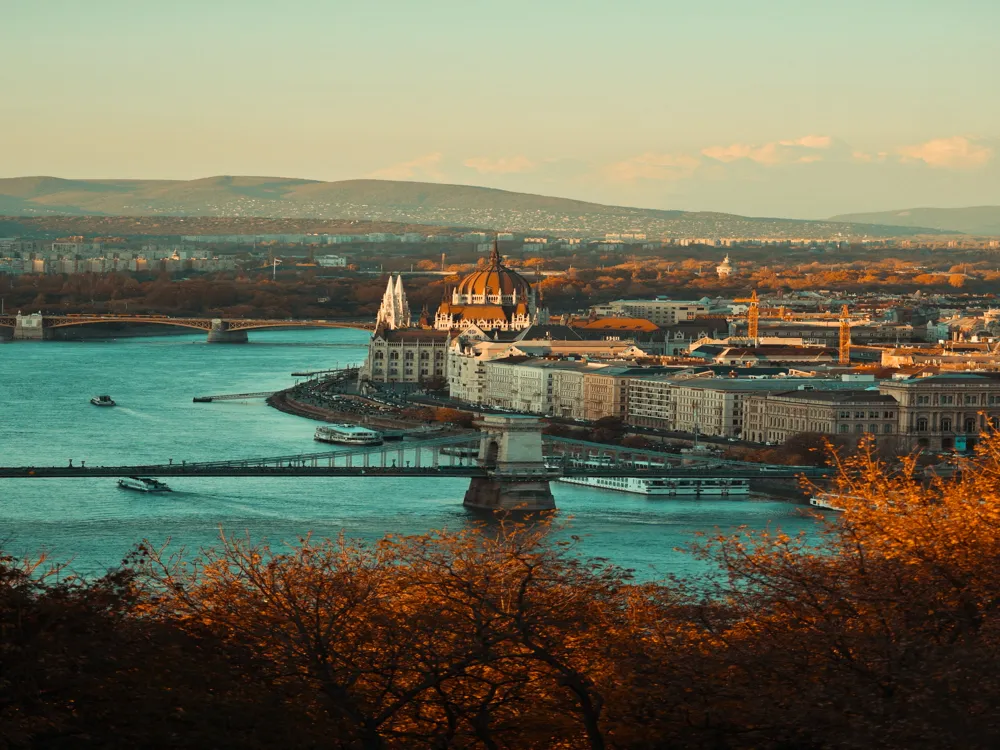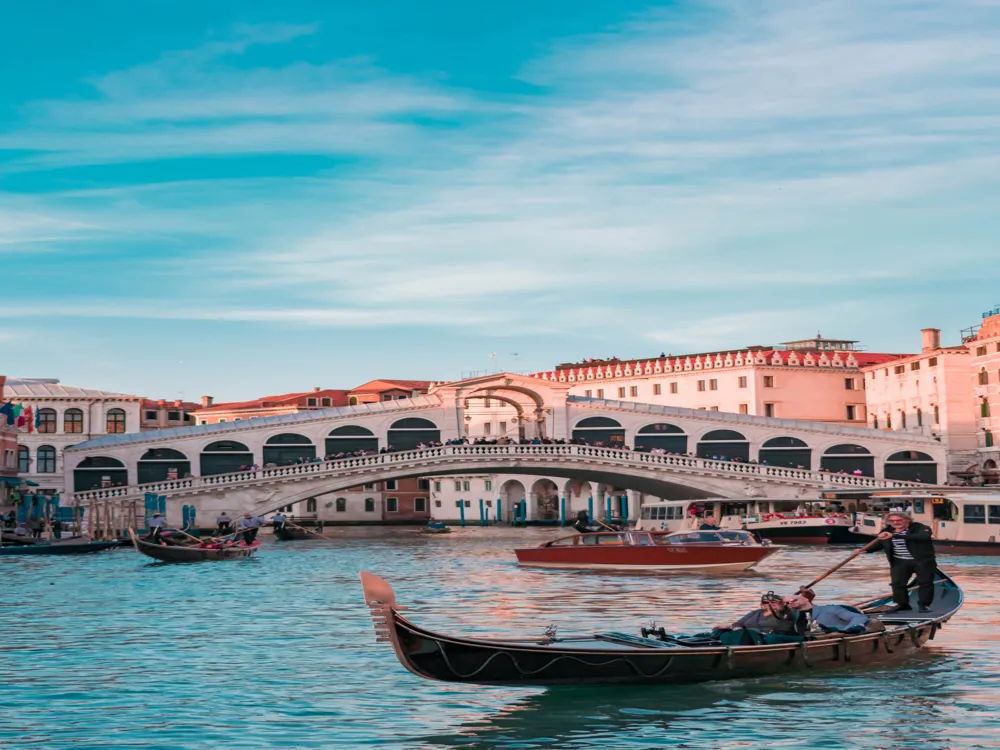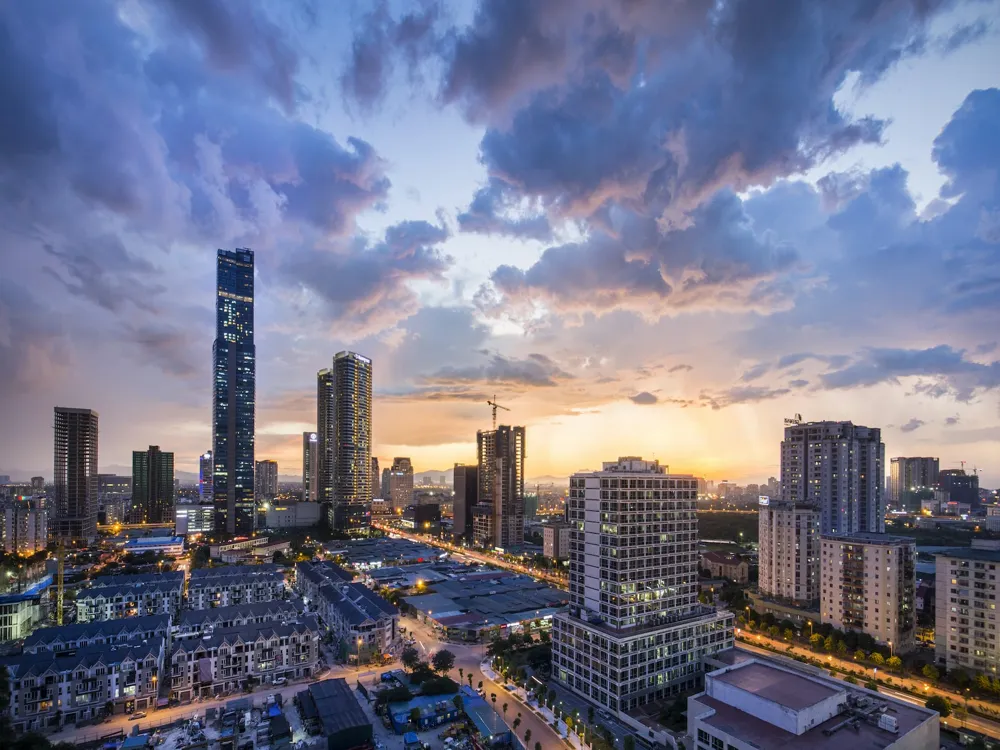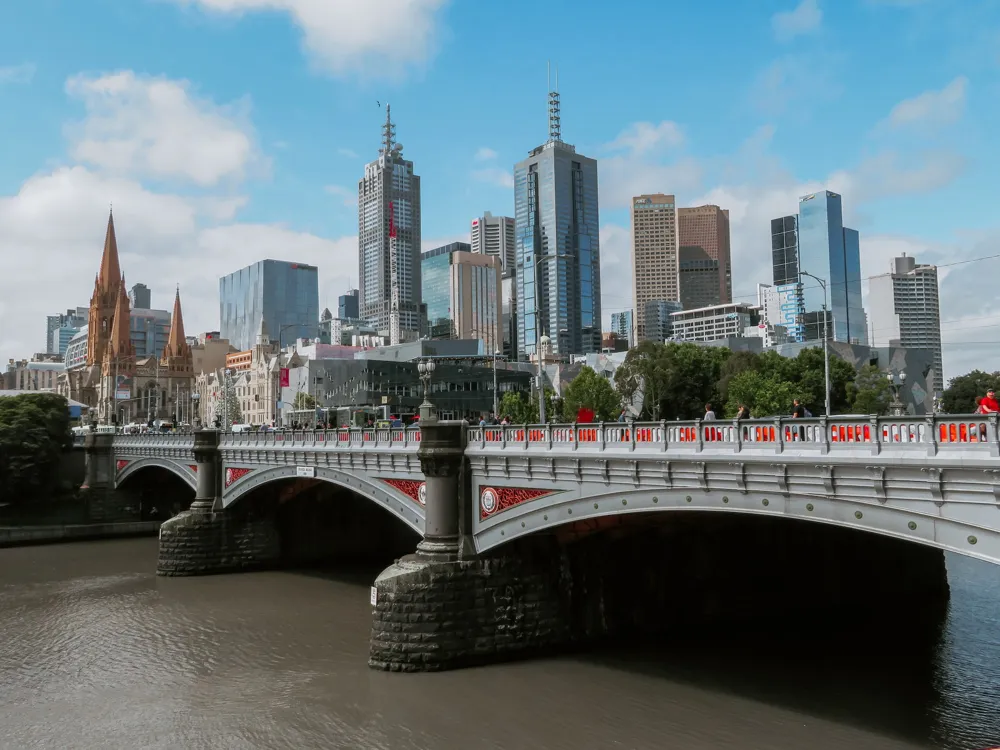Bago, an ancient city with a rich tapestry of history and culture, sits proudly in Myanmar, beckoning travelers to explore its unique blend of past and present. Known once as Pegu, it was the capital of a former Mon kingdom and resonates with the echoes of bygone eras. The city's charm lies in its vibrant streets, bustling markets, and stunning landmarks that narrate tales of a glorious past. Bago's proximity to Yangon makes it a popular day trip destination, yet it holds enough allure to merit a longer stay. A journey through Bago is not just a trip through geographical space, but a voyage back in time, uncovering the layers of history, culture, and tradition that make this city a mosaic of the past and present. The city's history is a complex tapestry, woven with threads of legend, conquest, and religion. According to folklore, Bago was founded in the 6th century by two Mon princes from Thaton, a testament to the Mon people's influence on the city's cultural and historical development. Over the centuries, Bago has seen the rise and fall of kingdoms, with power shifting between the Mon and Burmese. Each era left its indelible mark on the city, contributing to the rich cultural heritage visible today. Bago's strategic location near the Gulf of Martaban made it a crucial trading port, inviting a blend of cultural influences that shaped its character. The city witnessed the golden age under King Bayinnaung in the 16th century, who embellished it with grandeur and religious monuments. The ravages of time and conflict led to its decline, but the city has resiliently persevered, retaining its historical significance and allure. Today, Bago is a testament to the resilience and enduring spirit of Myanmar's people and their rich history. A walk through its streets is a journey through a living museum, where each corner tells a story, each monument whispers legends of the past, and the warm smiles of its people welcome you to a city that is as much about its future as it is about its past. Bago's architecture is a vivid narrative of its storied past, showcasing a blend of Mon, Burmese, and colonial influences. The city's skyline is dotted with pagodas, temples, and monasteries that echo the spiritual heartbeat of Myanmar. These structures are not just places of worship but are embodiments of the city's historical and cultural evolution. The architectural landscape of Bago is a testament to the city's resilience, with many structures surviving the test of time and conflict, standing proudly as symbols of the city's past glory and present-day cultural richness. The Shwemawdaw Pagoda, towering over the city, is a beacon of Bago's architectural and spiritual heritage. This golden monument, often referred to as the 'Golden God Temple,' is the tallest pagoda in Myanmar and is visible from miles around. Its history dates back over a thousand years, and it has been embellished and restored by successive kings. The pagoda's spire, adorned with diamonds and gems, captures the first and last rays of the sun, creating a mesmerizing spectacle that draws pilgrims and tourists alike. Another architectural marvel is the Shwethalyaung Buddha, one of the largest reclining Buddha statues in the world. This colossal figure, measuring 55 meters in length, is a masterpiece of Mon craftsmanship. The intricate mosaic pillows that support the Buddha's head, along with the detailed depictions of his life on the soles of his feet, are fine examples of the artistic skill and religious devotion of the Mon people. The Kalyani Sima, or Ordination Hall, is an essential part of Bago's architectural heritage. Built by King Dhammazedi in the 15th century, this site is where monks were ordained according to the strictest Theravada Buddhist traditions. The hall is known for its exquisite carvings and the hundreds of inscriptions in Mon, Burmese, Pali, and Sanskrit languages, providing valuable insights into the region's religious and linguistic history. Bago's architecture is not just confined to its religious monuments. The city's streets, markets, and residential areas reflect a blend of traditional Burmese and colonial styles. The colonial-era buildings, though worn by time, stand as reminders of Myanmar's history as a British colony, adding another layer to Bago's rich architectural tapestry. November to February is the ideal time to visit Bago, as the weather is cooler and more comfortable for exploring the city's outdoor attractions. Avoid the monsoon season from June to October, when heavy rains can hinder travel plans. When visiting religious sites, dress modestly and remove shoes and socks. It's also important to be mindful of local customs and traditions, showing respect to the monks and the religious practices of the locals. Bago is easily navigable by bicycle, motorbike, or tuk-tuk. Renting a bicycle or motorbike allows for a more personal exploration of the city, while tuk-tuks are perfect for longer distances or if you prefer guided assistance. While Burmese is the primary language, some locals speak English, particularly in tourist areas. Learning a few basic phrases in Burmese can enhance your interaction with the locals and show respect for their culture. Bago offers a variety of local Burmese cuisine. Be sure to try traditional dishes like mohinga (fish noodle soup) and tea leaf salad. Street markets are a great place to experience authentic local food, but always ensure the food is freshly prepared. Bago is easily accessible from Myanmar's capital, Yangon, located just about 80 kilometers away. The most convenient way to reach Bago is by road. Regular buses and taxis ply between Yangon and Bago, offering an affordable and comfortable journey. For a more local experience, one can also take the train from Yangon, which provides a scenic route through the countryside, albeit at a slower pace. Alternatively, for those seeking a more personalized travel experience, hiring a private car or joining a guided tour from Yangon can be an excellent option, offering flexibility and the advantage of local insights.Overview of Bago
Architecture of Bago
Tips When Visiting Bago
Best Time to Visit
Respecting Local Customs
Local Transportation
Language and Communication
Food and Dining
How To Reach Bago
Mya Tha Lyaung Reclining Buddha
Bago
NaN onwards
View bago Packages
Weather :
Tags : Buddhist Temple
Opening hours : 8:00 AM - 5:00 PM
Ticket details : MMK 10,000 as a part of archaeological zone pass.
Planning a Trip? Ask Your Question
Bago Travel Packages
View All Packages For Bago
Top Hotel Collections for Bago

Private Pool

Luxury Hotels

5-Star Hotels

Pet Friendly
Top Hotels Near Bago
Other Top Ranking Places In Bago
View All Places To Visit In bago
View bago Packages
Weather :
Tags : Buddhist Temple
Opening hours : 8:00 AM - 5:00 PM
Ticket details : MMK 10,000 as a part of archaeological zone pass.
Planning a Trip? Ask Your Question
Bago Travel Packages
View All Packages For Bago
Top Hotel Collections for Bago

Private Pool

Luxury Hotels

5-Star Hotels

Pet Friendly







